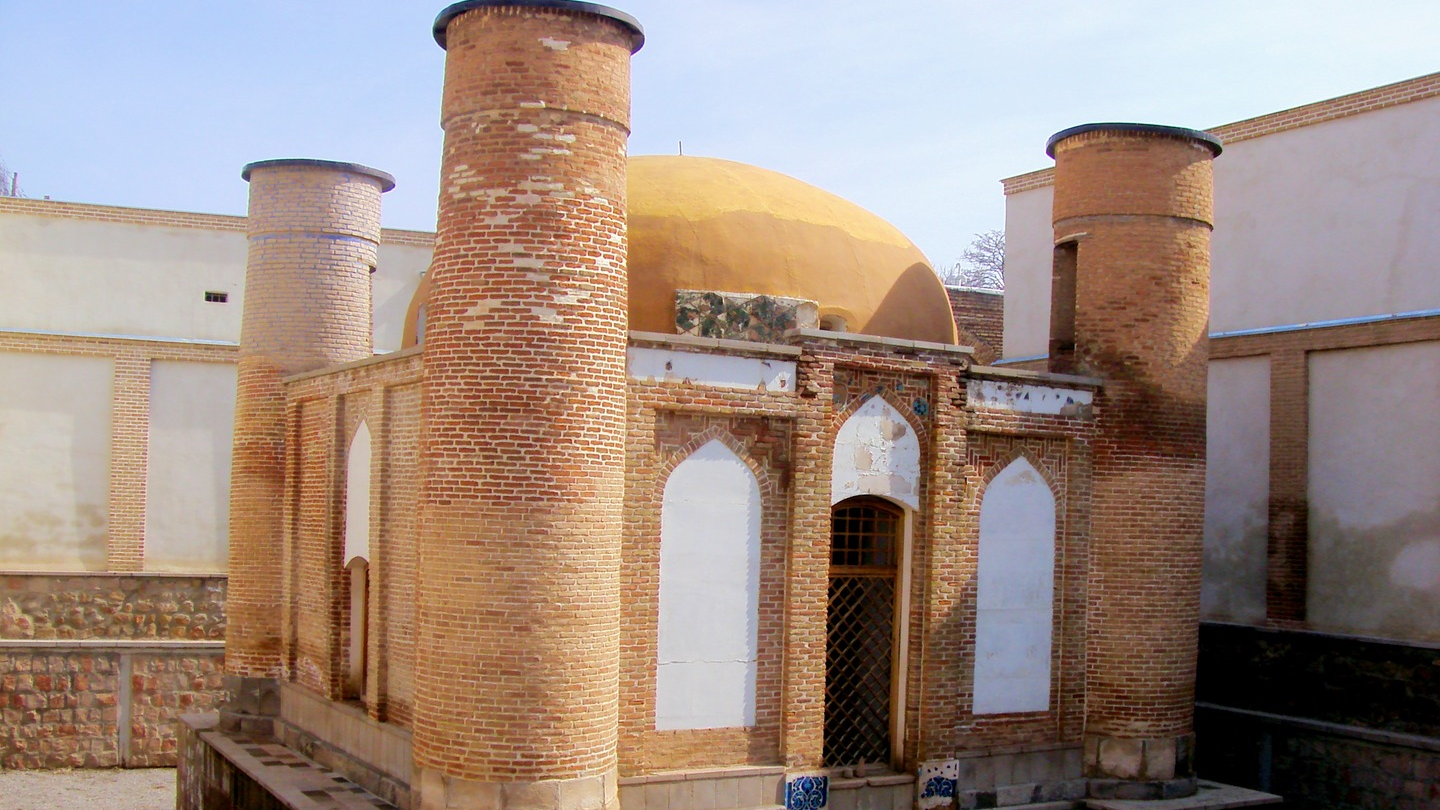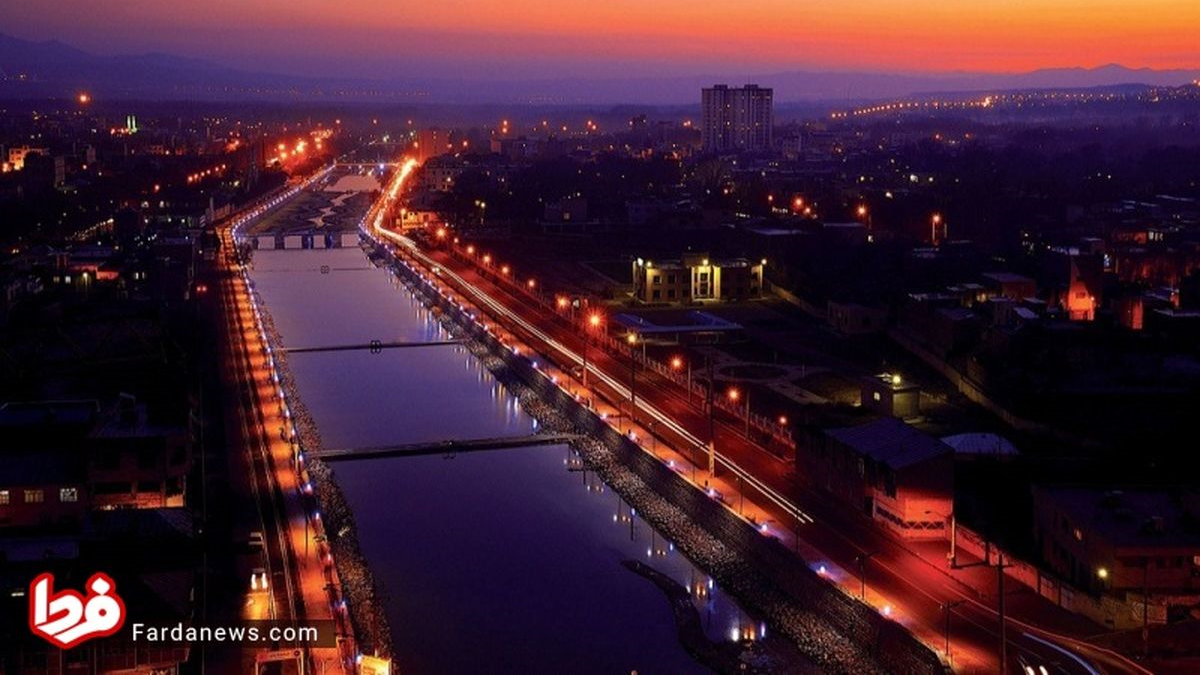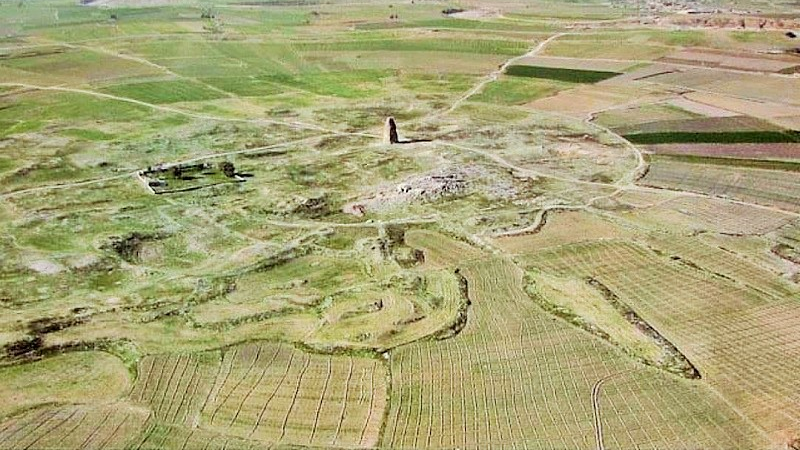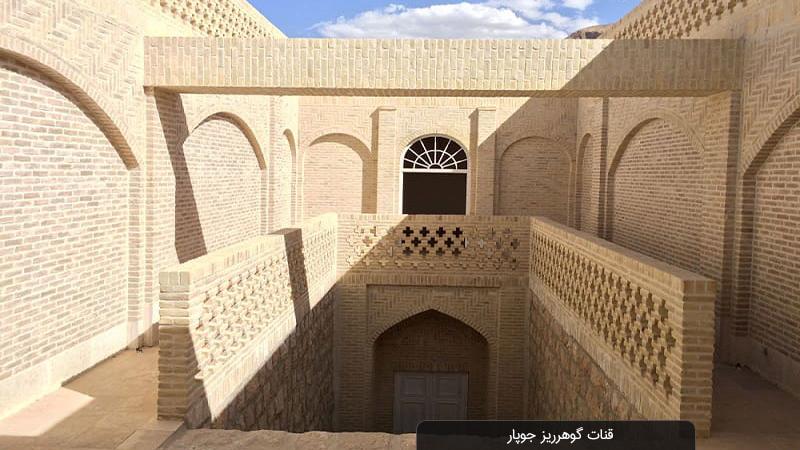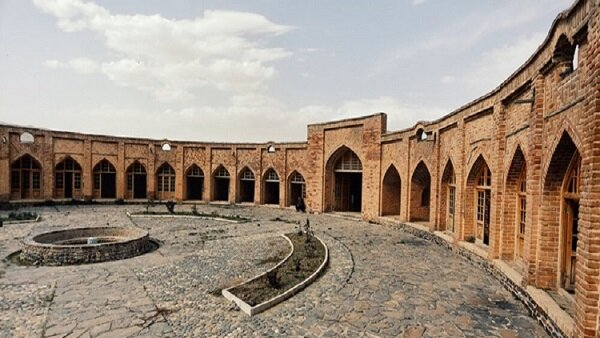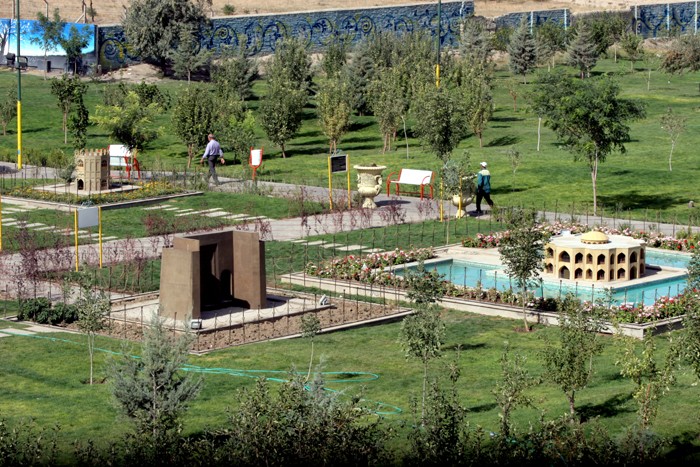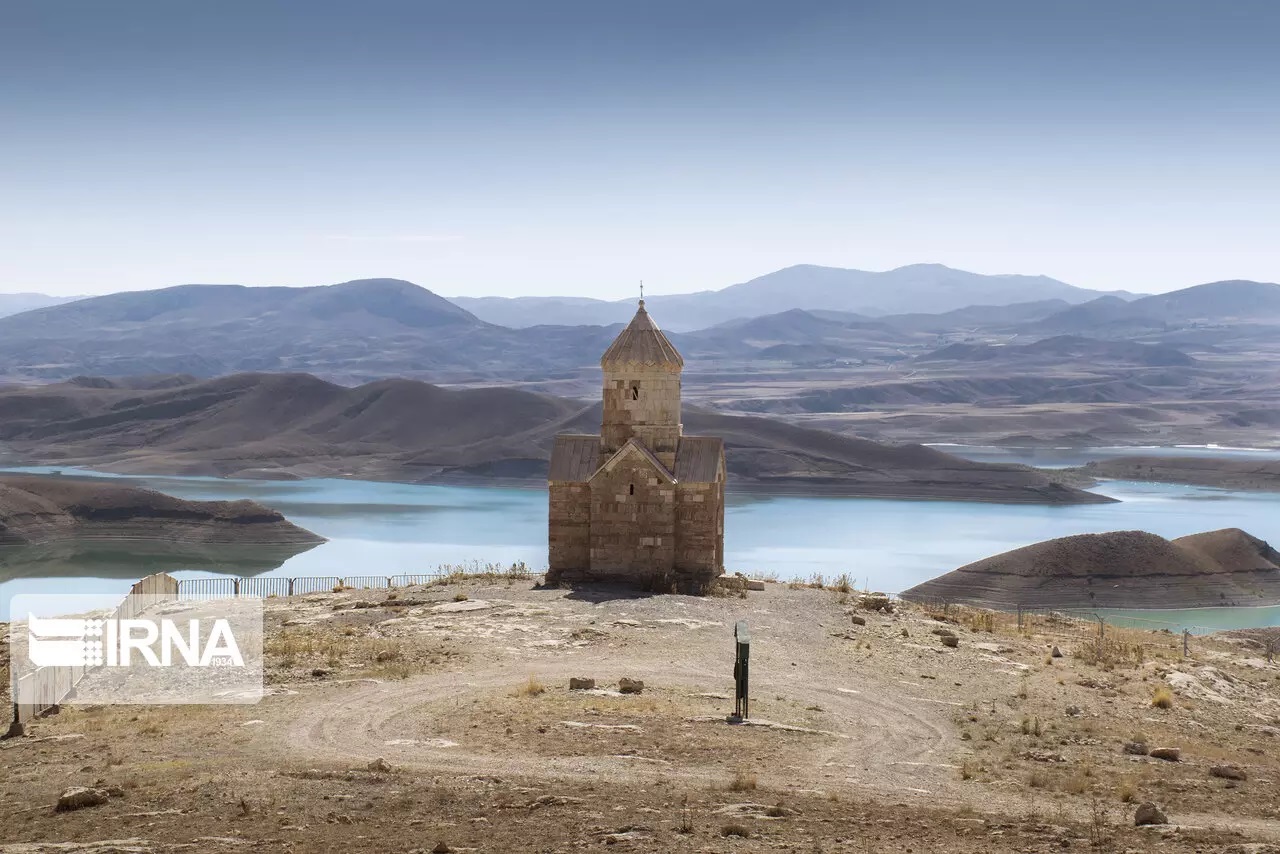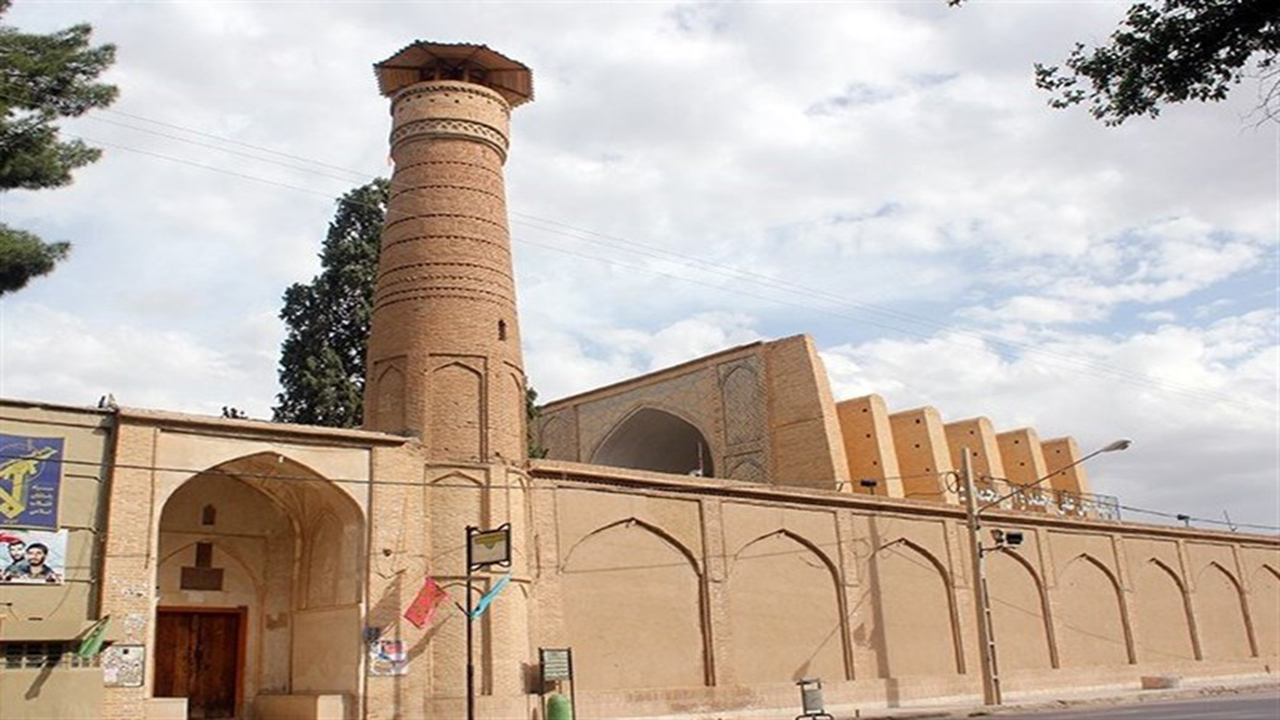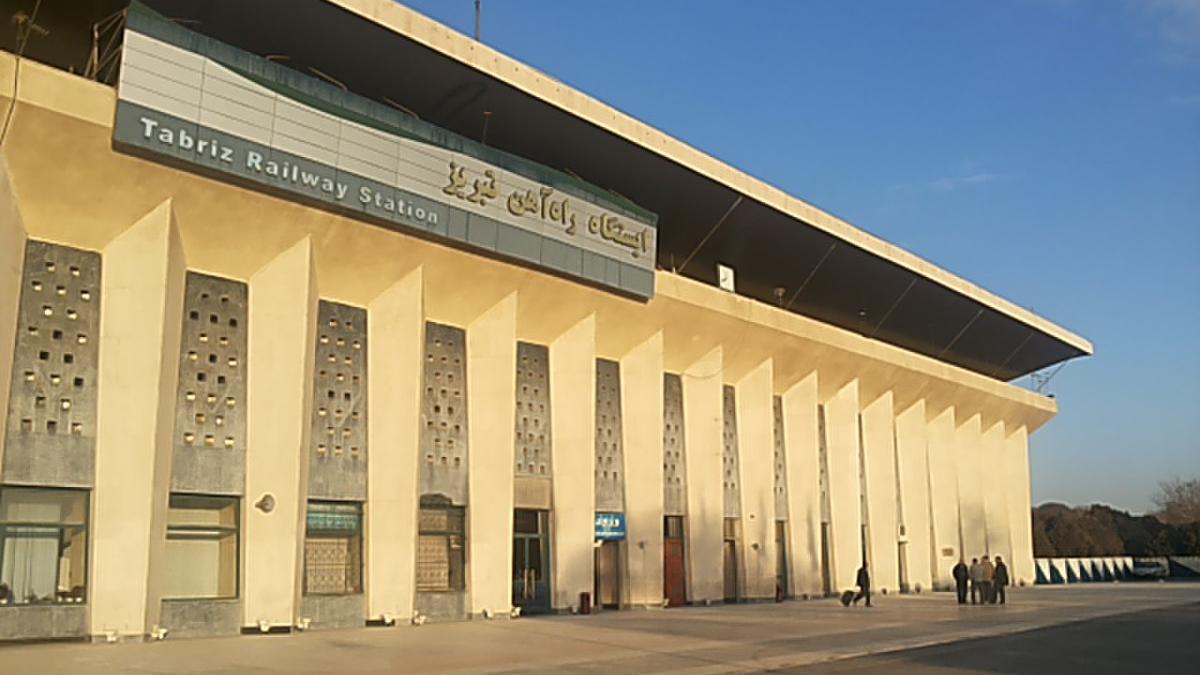
Bodies of Water of Iran
Although most Iranian regions have a hot and dry climate, however, there are a number of bodies of water all over Iran, especially in the mountainous regions, each of which is considered the habitat of many animals and the source of very beautiful landscapes.
Persian Gulf, Sea of Oman, Caspian (or Mazandaran) Sea, Urmia Lake, Zaribar (or Zarivar) Lake, Qom Lake, Neyriz Lake, Hamun Lake, Maharlu Lake, Parishan Lake, Shurgol Lake, Avan Lake, and Valasht Lake are among the most important bodies of water of Iran. The most important lakes and bodies of water in Iran are spread in the north and south of this country, and the middle areas have fewer lakes.
The Most Important Bodies of Water in the Southern Part of Iran
Persian Gulf
Located in the south of Iran, the Persian Gulf has an area of more than 200 thousand square kilometers and extends from Arvandrud on the Iran-Iraq border to the Strait of Hormuz. Perhaps, among all the bodies of water of Iran, the Persian Gulf is the most famous in the world, because it is the main center of extraction and transportation of crude oil in the world. The other countries neighboring the Persian Gulf are Iraq, Kuwait, Saudi Arabia, Qatar, and the United Arab Emirates.
The Persian Gulf is one of the warmest water bodies in the Middle East, and in summer, its temperature reaches 65 degrees Celsius. However, storm rarely takes place in this gulf. With a salt concentration of 38 to 40 thousand milligrams per liter Persian Gulf water is considered very salty. This concentration of salt is due to high evaporation and low water input from rivers.
The Persian Gulf coast in Iran has many unique sightseeing places. The rocky and coral areas of the Persian Gulf, which is considered one of the main centers of pearl fishing, as well as Hormuz, Khark, Qeshm, Kish, Small Tonb, Big Tonb, and Abu Musa islands, have spectacular tourist attractions.
The Sea of Oman in the south of Iran has an area of 903 thousand square kilometers and connects the Persian Gulf to the Indian Ocean. Iran and Pakistan are the northern neighbors of this body of water. The Sea of Oman is confined by the Deccan Peninsula from the east and the Arabian Peninsula from the west. The ports of Chabahar, Gavater, and Jask are among the largest ports of Iran on the shores of the Sea of Oman. The coasts of the Sea of Oman are very rich with regard to landscape diversity. These coasts, which are located next to the Strait of Hormuz, are known as strategic waterways, and several giant oil tankers pass through them every day.
The Most Important Bodies of Water in the Northern Part of Iran
Caspian Sea
The Caspian Sea, which is also called the Sea of Mazandaran, is actually a lake. However, with an area of 371 thousand square kilometers, and being the largest lake in the world, it is usually referred to as a sea.
While all the southern coasts of the Caspian Sea, 992 km long, belong to Iran, Turkmenistan is located in the southeast, Kazakhstan in the northeast and north, Russia in the northwest, and Azerbaijan in the southwest of the Caspian Sea. The level of the Caspian Sea is 28 meters lower than the level of the open seas. The northern regions of Iran, which are located near the Caspian Sea, have a moderate climate and rich vegetation. Miankaleh Peninsula, Ashuradeh Island, Hossein Qoli Bay, Gorgan Bay, and Anzali Bay are among the natural attractions of the Caspian Sea.
The Most Important Bodies of Water Inside Iran
The annual rainfalls are the cause of several permanent and seasonal lakes within the Iranian borders.
Lake Urmia
This lake, which is located in the northwest of Iran, has an area of nearly 60,000 square kilometers and is considered the largest internal lake of Iran. Because of the healing properties of its water sediments, the deltas formed around this lake attract many tourists every year. The concentration of salt in this lake is very high, and for this reason, no fish can be found in it. 23% of this salt is made up of minerals.
Zaribar Lake
This lake is known as one of the permanent bodies of water in Iran, where there are many types of fish can be found in and around it.
Salt Lake of Qom
This lake is a seasonal body of water located in the south of Tehran. The area of this lake changes with the decrease and increase in annual rainfall. Due to the fact that the surrounding rivers carry a significant amount of salt deposits into this lake, this lake is also called salt lake.
Neyriz Lake
This lake has a small depth and its water is supplied by seasonal rains. Located in Fars Province in the south of Iran, this lake is connected to another seasonal lake called “Tashk” from the north. Both lakes have very salty water.
Hamun Lake
Although considered one of the rich habitats of Iran, due to drought and water disputes between Iran and Afghanistan, the water level of this lake is presently quite low. The only river that flows into Hamun Lake is Hirmand. Located in the southeast of Iran, Hamun Lake has an area of 3200 square kilometers when it is full of water.
Maharlu Lake
This lake is also located in the southern Fars Province of Iran. The salty water of this lake is used for extracting salt.
Parishan Lake
Unlike most of the lakes in Fars Province, this lake has fresh water and is located in the southwest of the beautiful city of Shiraz, in the Karin Plain. The freshwater of this lake has made it possible to breed fish in it.
Shurgol Lake
This body of water is located in the center of Iran and north of Arak City as a seasonal lake. The change in the amount of annual precipitation in the areas around the lake has an effect on the level of the water of this lake.
Although most Iranian regions have a hot and dry climate, however, there are a number of bodies of water all over Iran, especially in the mountainous regions, each of which is considered the habitat of many animals and the source of very beautiful landscapes.
| Name | Bodies of Water of Iran |
| Country | Iran |
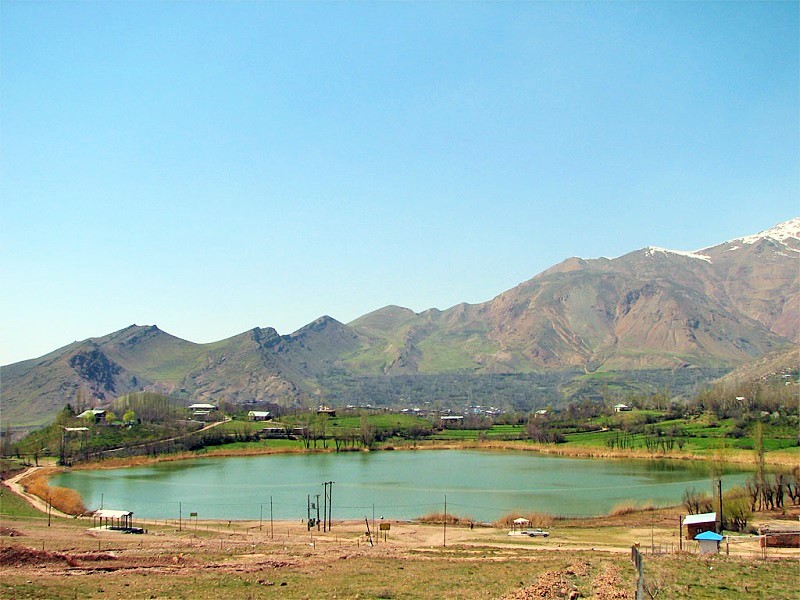
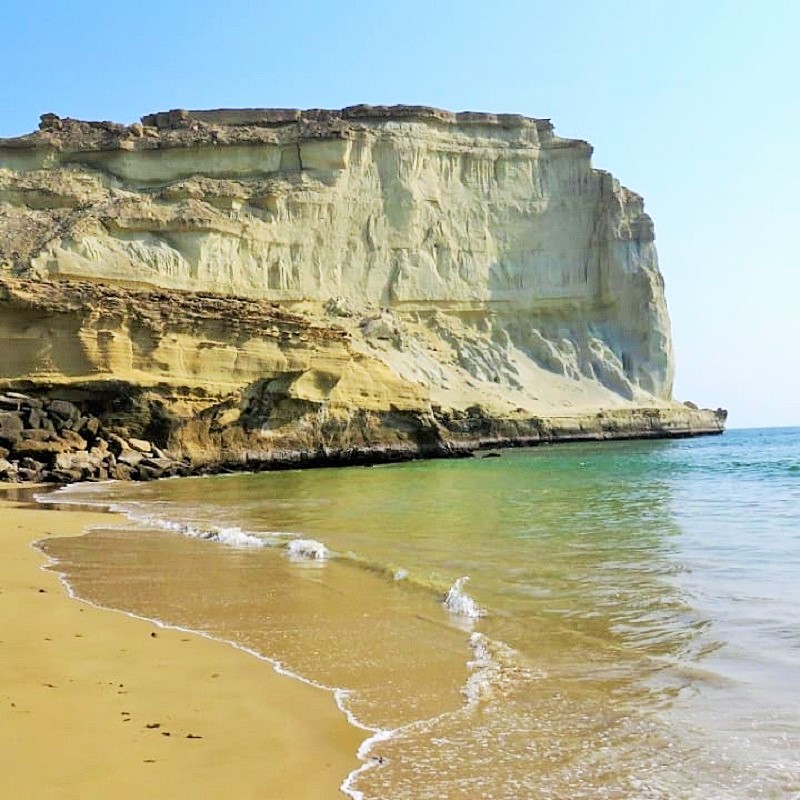




Choose blindless
Red blindless Green blindless Blue blindless Red hard to see Green hard to see Blue hard to see Monochrome Special MonochromeFont size change:
Change word spacing:
Change line height:
Change mouse type:
